Manufactured ballast units are widely used to optimize weight distribution in photovoltaic (solar) arrays — in the form of ballast blocks — or as roof pavers which protect flat roofs and roof membranes from wind uplift. In both cases, their main purpose is keeping systems sufficiently anchored and stable. ASTM C1884 measures weight, durability, and often freeze-thaw resistance to ensure that the units holding up critical systems can stand the test of time.
This guide breaks down the requirements outlined in ASTM C1884:
- The Importance of Ballast Units
- Recommended Equipment
- ASTM C1884 Test Preparation, Procedure, Calculations & Reporting
- Freeze-Thaw Durability Test Protocol, If Required
The Importance of Ballast Units
Ballast units are manufactured concrete blocks designed to provide weight without being part of a structural load-bearing system. They are machine-made from hydraulic cement, water, and suitable mineral aggregates, but can include other approved materials depending on performance needs.
What makes concrete ballast units different from standard pavers or masonry units is their specific role in ballast systems, where durability and weight distribution are critical. Concrete ballast blocks are manufactured with a dry mix of concrete ingredients made without excess water to meet specific weight requirements. The result is a high-density concrete with high compressive strength and a low absorption rate. All these qualities signal the long-term stability and strength needed to protect vulnerable systems that are often exposed to the elements.
Recommended Equipment
Concrete ballast units must be tested for compressive strength, absorption, density, oven-dry weight, and dimensional tolerances according to ASTM C140 (Test Methods for Sampling and Testing Concrete Masonry Units and Related Units). To evaluate ballast units according to ASTM C1884, you’ll need both the following equipment:
- Caliper to measure unit dimensions
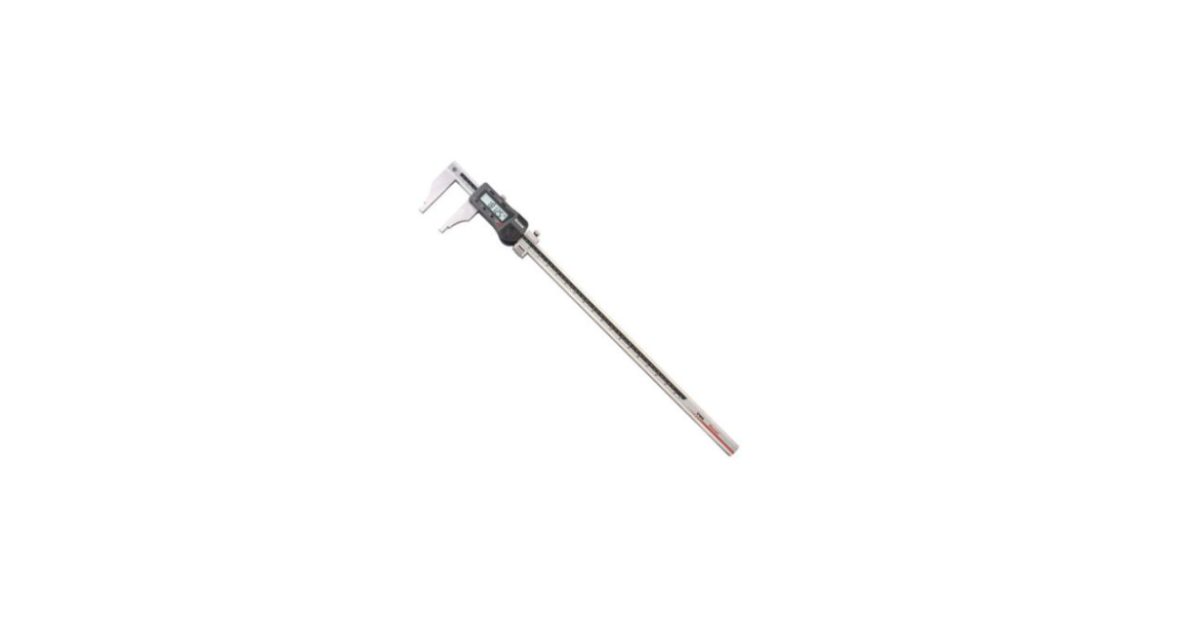
- Water container large enough to immerse the concrete ballast unit for absorption measurements
- Drying oven
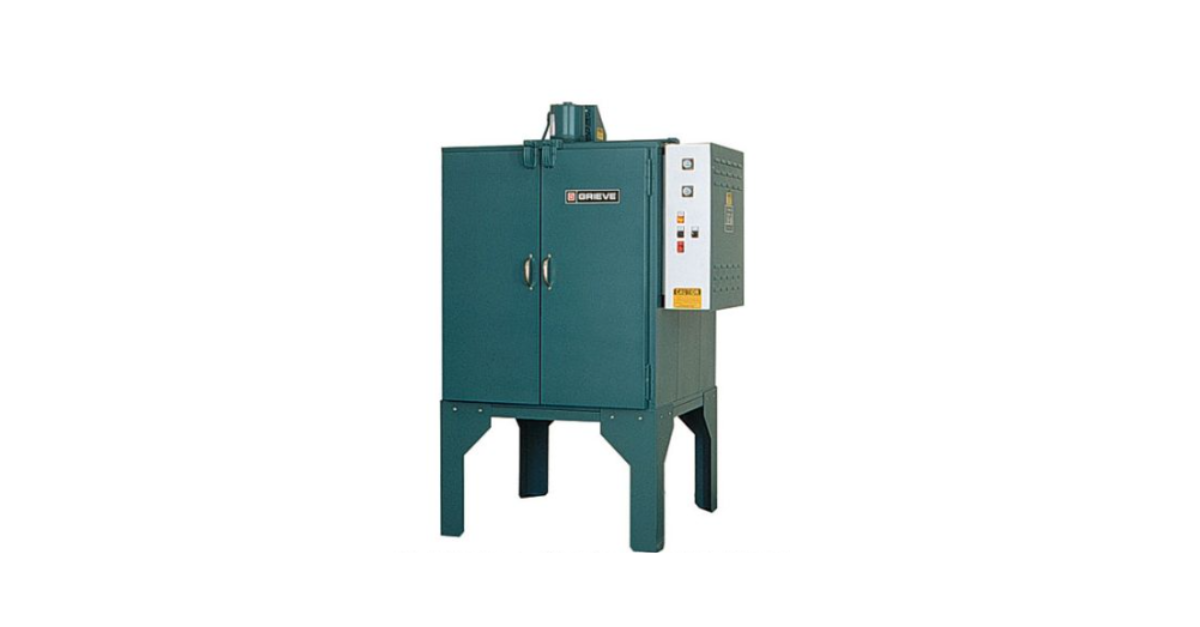
- Scale to measure unit weight and verify water absorption limits
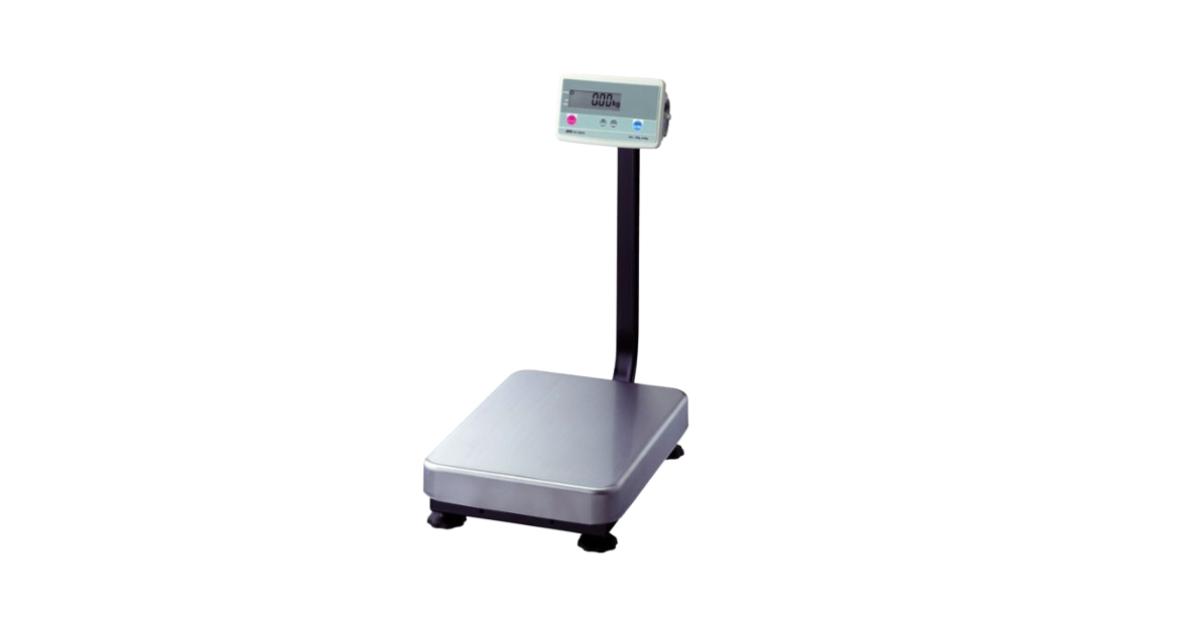
- Compression test machine to measure strength
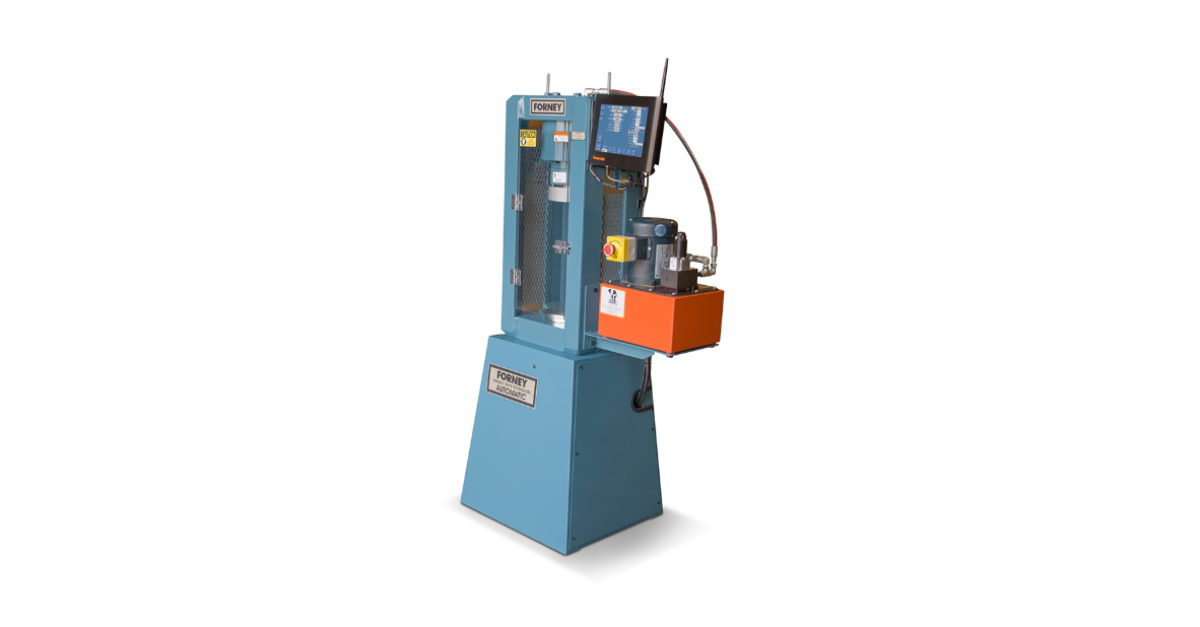
If needed, freeze-thaw durability can be determined by testing units in accordance with ASTM C1262 (Test Method for Evaluating the Freeze Thaw Durability of Dry-Cast Segmental Retaining Wall Units and Related Concrete Units) using the following equipment:
- Freeze-thaw container and freeze-thaw cabinet for durability checks
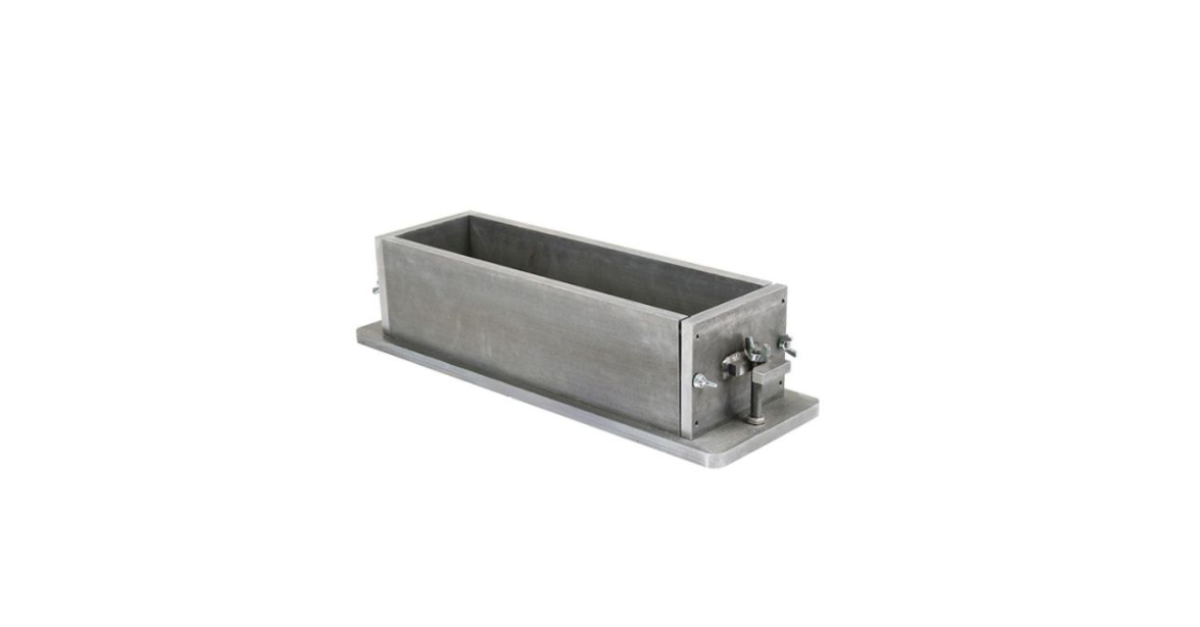
- Potable tap water and a 3 ± 0.1 % (by weight) sodium chloride saline solution
- Saw
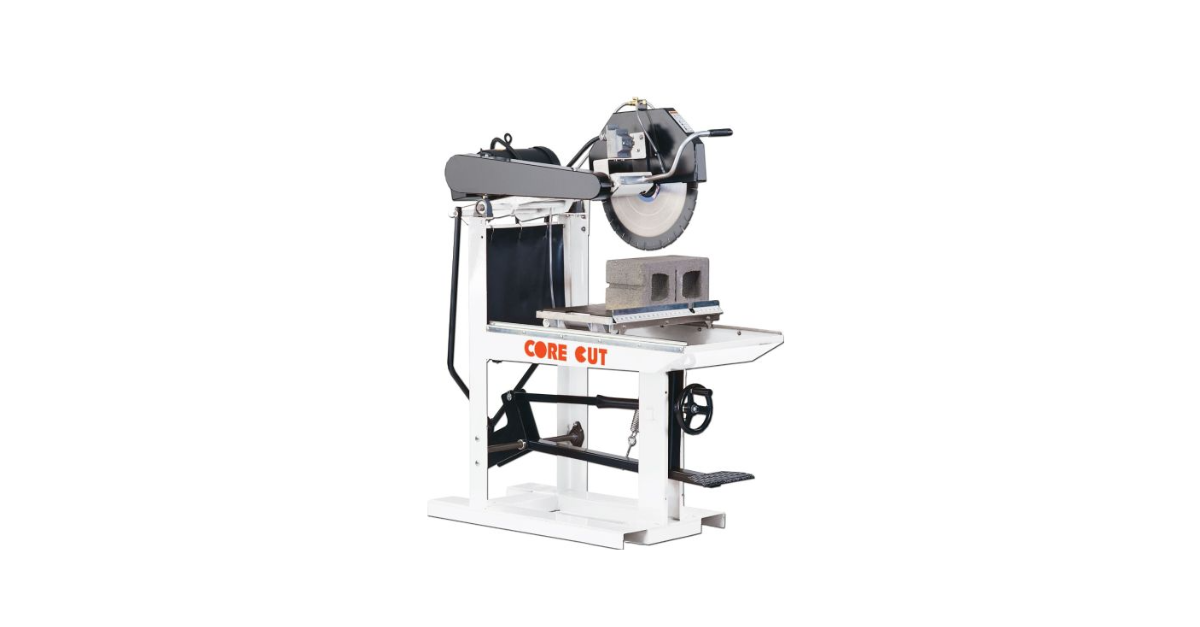
- Soft bristle brush
ASTM C1884 Test Preparation, Procedure, Calculations & Reporting
Test Preparation
Ballast unit ingredients must conform to existing ASTM material standards, such as:
- C33 (Specification for Concrete Aggregates)
- C150 (Specification for Portland Cement)
- C331 (Specification for Lightweight Aggregates for Concrete Masonry Units
- C595 (Specification for Blended Hydraulic Cements)
- C618 (Specification for Coal Ash and Raw or Calcined Natural Pozzolan for Use in Concrete)
- C979 (Specification for Pigments for Integrally Colored Concrete)
- C989 (Specification for Slag Cement for Use in Concrete and Mortars)
- C1157 (Performance Specification for Hydraulic Cement)
- C1240 (Specification for Silica Fume Used in Cementitious Mixtures)
Test Procedure
ASTM C1884 cites the ASTM C140 test method for measuring and calculating dimensions, absorption, density, oven-dry weight and compressive strength. To satisfy the specifications in ASTM C140 for ASTM C1884 protocols, perform the following steps:
- Measure unit dimensions: Length, width and height.
- Weigh 3 units and capture the following weights:
- Received weight (at least once)
- Immersed weight (at least once)
- Saturated surface dry weight (at least once)
- Oven-dry weight (at least twice)
- Test 3 units for compressive strength: Use different samples than those used for absorption so the results are not influenced by unit moisture content. For concrete roof paver units, prepare the specimens by cutting a strip of paver with comparable height and width. Begin compression test by applying preload followed by a uniform load until failure.
Calculations & Reporting
For each individual concrete ballast unit, calculate these measurements:
- Volume: multiply length times width times height.
- Absorption: divide the difference between saturated surface dry weight and oven-dry weight by volume
- Density: divide the oven-dry weight by volume
- Compressive strength: divide the maximum load by the cross-sectional area of the unit
Report the average of 3 units. Normal weight concrete ballast units must comply to the following physical requirements after the average is calculated:
- Oven-dry density: 125 lb/ft3 (<105 lb/ft3 for lightweight; 105-125 lb/ft3 for medium weight)
- Maximum absorption: 13 lb/ft3 (18 lb/ft3 for lightweight; 15 lb/ft3 for medium weight)
- Compressive strength: 3000 lb/in2
To inform accurate density, absorption and compressive strength calculations, the proper measurements need to be taken before compression testing, and the right results need to be captured after compression testing. Machine technicians can achieve the highest level of accuracy by using a Connected Compression Machine.
Connected machines are integrated with Construction Materials Testing (CMT) software. This integration enables “Smart Machines” to validate test parameters, preload calculations, and use automatic test controls. Values are then automatically calculated and transferred to your LIMS or software of choice.
Freeze-Thaw Durability Test Protocol, If Required
When required, freeze-thaw durability should be determined by testing units in accordance with the ASTM C1262 method and within 24 months of production of the units. Perform the following steps:
- Saw-cut 1 coupon from 5 concrete ballast units from a flat molded surface, ideally as far as possible from the architectural face and in no case less than 2 in.(50mm) from that surface.
- Immediately following saw-cutting, remove loose particles and residue from the coupons by rinsing in tap water and brushing with a soft bristle brush. Do not fully immerse coupons in water. Mark each specimen with a unique identification number on the non-molded surface of the specimen.
- Place the specimen in the freeze-thaw container face down and add a sufficient amount of test solution at a temperature of 60 to 80°F (16 to 27°C) to achieve a depth of 1⁄2 ± 1⁄16 in. (13 ± 2 mm). Do not pour test solution directly onto the specimen. Close the container lid tightly and store the container on a level surface in laboratory air.
- At 20 cycle intervals for specimens tested in water and at 10 cycle intervals for specimens tested in saline solution, remove containers from the test chamber and collect residue including loose particles from the specimens. Rinse the residue from specimens tested in saline solution 3 times with water to remove any soluble salt.
- One freeze-thaw cycle = a completed freezing cycle followed by a completed thawing cycle.
- Weigh collected residue to the nearest 0.2 g (0.0005 lb).
- Calculate the cumulative weight loss of each residue collection interval expressed in terms of g (lb) and as a percent of the calculated initial weight of the specimen (Winitial). Where the coupon thickness is less than 1.25 in.(32mm), multiply the cumulative weight loss by a value equal to the actual thickness in inches (mm) divided by 1.25 in. (32 mm).
- Report these values for each specimen as well as the average of the specimens tested.
Compliance Note: Concrete ballast units that fail to meet the specified requirements should be rejected or remanufactured.
Conclusion
By standardizing the manufacturing and testing of concrete ballast units, ASTM C1884 ensures reliable performance across different environments. When engineers verify that units meet minimum strength, maximum absorption, and other durability thresholds, they can guarantee that the ballast system will remain stable and balanced over time so the superficial systems they protect don’t fail. Please reference the current ASTM standard before performing ASTM C1884.
Forney has the compression machines, related accessories and software for ASTM C1884. Shop the Forney store today or find your machine.